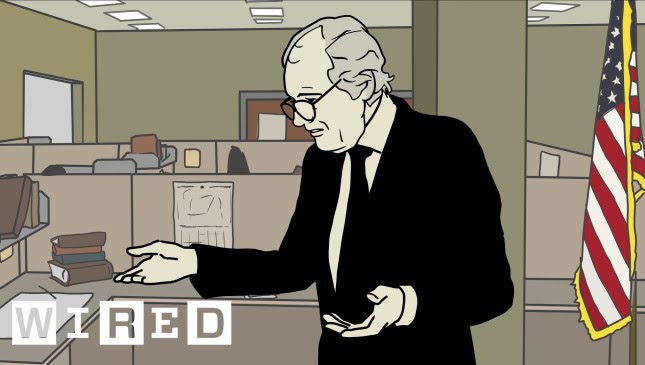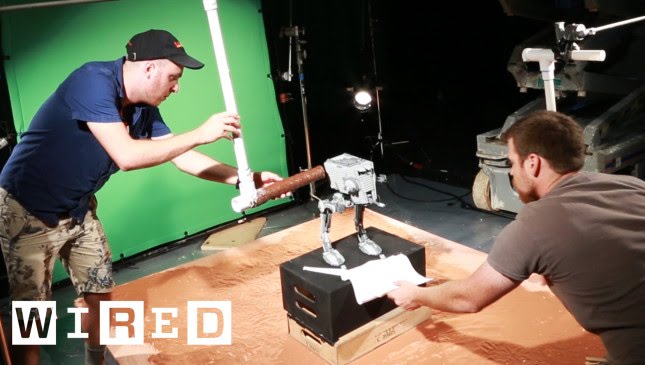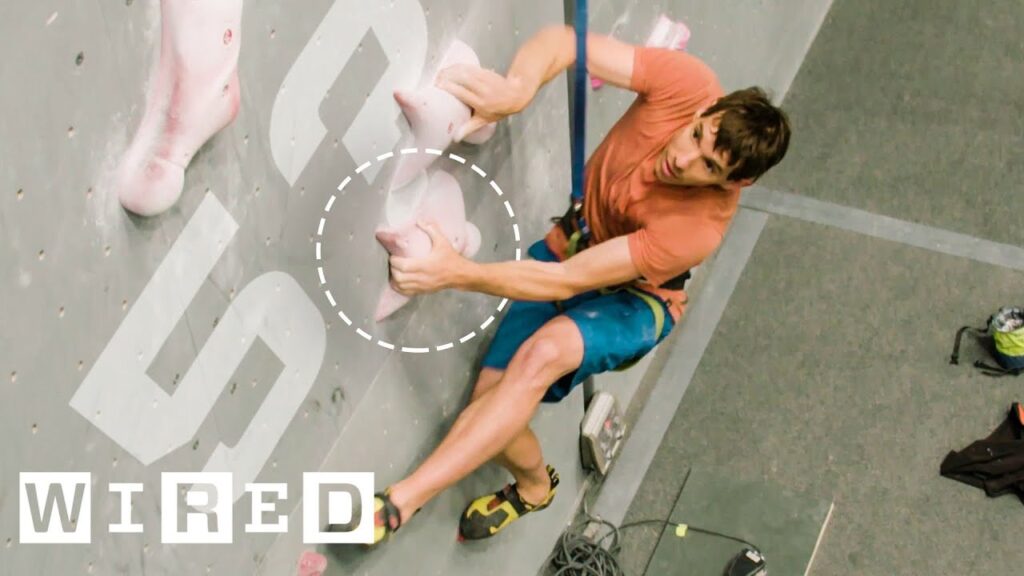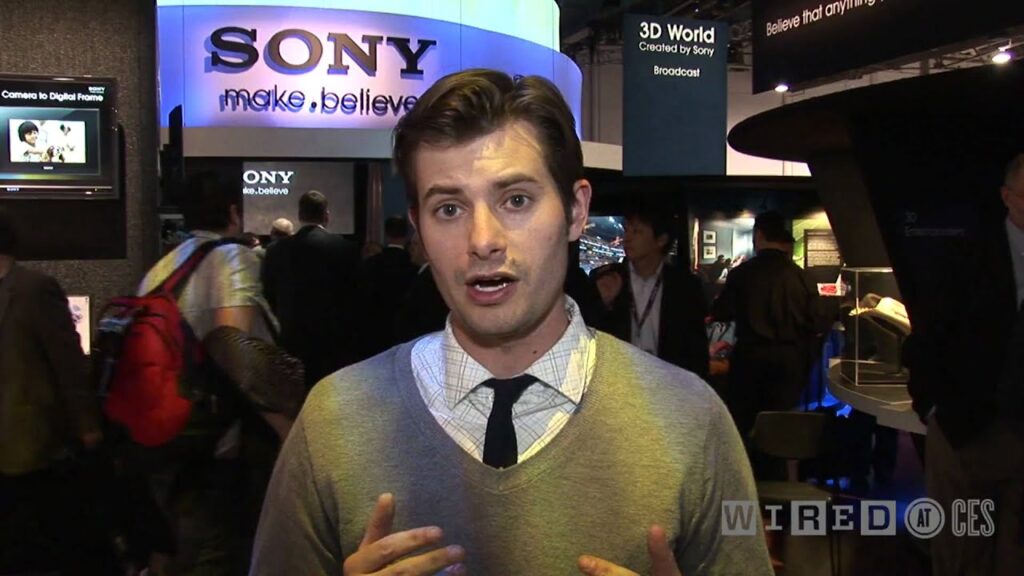Neuro’s Robotic Delivery Vehicle: Designing the Future of Autonomous Transportation
Summary
Neuro’s automated delivery vehicle has been designed to completely focus on delivering goods. The vehicle contains no steering wheel, pedals or seats and is equipped with cutting-edge sensors and complex algorithms. The team has created three generations of vehicles and is continually updating and upgrading the vehicle’s technology to ensure it meets the requirements of the increasingly competitive autonomous transportation market. The design has evolved over time with a focus on cargo volume and pedestrian safety. The company is currently operating in Scottsdale, Houston, and the Bay Area, with plans to expand nationwide.
Table of Contents:
- Who is Neuro and what is their robotic delivery vehicle?
- What challenges did the team face when designing the vehicle?
- How has the design evolved from the R1 to the Nur?
- What are some of the safety features included in the vehicle?
- What is the process for creating a prototype?
- What are Neuro’s plans for the future?
Who is Neuro and what is their robotic delivery vehicle?
Neuro is a company that is developing robotic delivery vehicles aimed at reducing local trips for grocery and food delivery. Their automated delivery vehicles are designed to focus on the delivery of goods, with no space for people to sit inside. Neuro’s latest vehicle, the Nur, has been engineered using sensors and complex algorithms, making it a fully autonomous delivery vehicle. The vehicle is equipped with a LiDaR that creates a 360-degree view of the world, a camera that detects traffic lights, and 360-degree cameras around the vehicle.
What challenges did the team face when designing the vehicle?
The team faced two major challenges when designing the robotic delivery vehicle. Firstly, they had to ensure that the technology was right, which included developing the sensors and algorithms to enable the vehicle to navigate the streets autonomously. Secondly, the team had to design the vehicle from scratch because it was only intended for delivering goods, not people. This meant that there were no existing templates for them to follow.
How has the design evolved from the R1 to the Nur?
The team has gone through three generations of vehicle development, with their first design being the R1, which was built within the first year of the company’s existence. With their R2 design they focused on making the car more suited as a fleet vehicle prompting them to custom design an electric vehicle chassis. Their latest model, the Nur, was designed to be more friendly to pedestrians while still maintaining road suitability.
What are some of the safety features included in the vehicle?
Neuro’s latest vehicle, the Nur, has been equipped with several safety features, including an airbag that is designed to protect pedestrians in case of an accident. The car has also been designed to communicate urgency with people via its design and lights, without giving the impression that the driver is rushing. The vehicle is fitted with microphones that can detect emergency vehicle sirens and a more prominent speaker to make sure that passengers can hear it operating in noisy environments.
What is the process for creating a prototype?
The Neuro team starts their design process with low-fidelity prototype models such as wooden models to experiment with things like loading floor height and cargo volume. These low-fidelity prototypes are then translated to higher-fidelity models with components that have been modified via manual adjustment. The process requires a lot of feedback from their engineering team and 3D scanning equipment to achieve precision.
What are Neuro’s plans for the future?
Neuro plans on leasing out their vehicles to companies for package and food delivery. The company is operating in Scottsdale, Houston, and the Bay Area and is looking to expand operations nationwide. The goal is to create efficient and environmentally-friendly delivery systems that have a significant impact on local communities by reducing traffic congestion while providing employment opportunities in the communities it serves.
Conclusion:
Neuro’s Nur is a promising glimpse into the future of autonomous transportation specifically designed for the delivery of goods. With its array of sensor technology and safety features, it’s sure to be an attractive option for businesses who want to streamline their delivery services while reducing their carbon footprint. Neuro’s plans to expand nationally offer a tremendous chance for many communities to benefit from this innovative approach to on-demand delivery.







